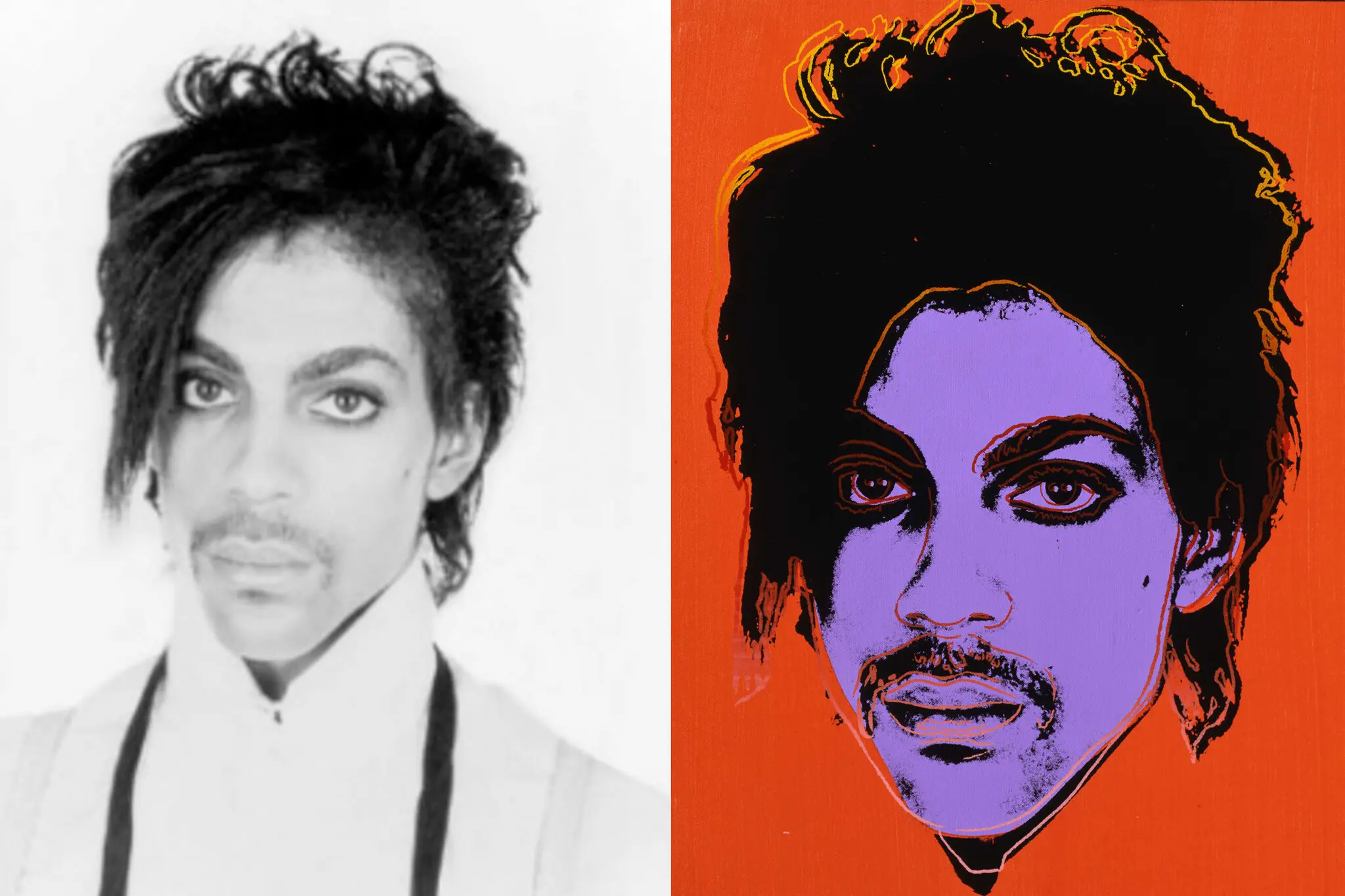The Supreme Critic: The Last Word on Fine Art
December 16, 2022
By Justin Hayes, Vol. 21 Staff Writer
Introduction
Today, Kanye West is most known for his outlandish behavior and frequent appearances amongst the tabloids. But early on in Mr. West’s career, he made a name for himself for taking samples of past music, using them in his present work, and creating some of the biggest hits to chart the Billboards. The future of such artistic creativity utilized by musicians such as Kanye West, comes under the scrutiny of the Supreme Court in Warhol v. Goldsmith.
The piece of art at issue in Warhol, however, is not a popular chart-topping rap song. Instead, the artwork is a photograph of the late musician Prince taken in 1981 by celebrity photographer Lynn Goldsmith. After Prince’s death in 2016, Goldsmith became aware of a series of fifteen works created by Andy Warhol which utilized her original copyrighted photo in Vanity Fair magazine. The question here is whether the series of portraits created by Warhol is “transformative” for purposes of protection under the fair-use doctrine—and what that means for artistic expression.
Transformative Fair Use
The fair use doctrine attempts to “strike a balance” between the artist’s intellectual property rights and the ability of other artists to express themselves by referencing the works of others. The underlying policy behind allowing artists to reference other works is that, as Justice Story explained, “there are, and can be, few, if any, things which in an abstract sense, are strictly new and original throughout. Every book in literature, science and art, borrows, and must necessarily borrow, and use much which was well known and used before.” So, is it even possible to create something entirely original?
In a landmark decision, Campbell v. Acuff-Rose Music, the Supreme Court ruled that Campbell’s version of a popular song could be fair use because it “transformed” the original song by adding something new. It had a different purpose, or a new meaning or message. Since this decision, lower courts have struggled with how broad or narrow they should interpret the concept of “transformative.” Nevertheless, the Campbell court did note that “transformative” fair use leaves “breathing space” for future generations building on the expression of pre-existing works.
At least, that was until the Warhol case, where the 2nd Circuit ruled that Warhol’s use of Goldsmith’s photograph was not transformative because it “remains recognizably deriving from, and retaining the essential elements of its source material.” The Supreme Court is now set to review this 2nd Circuit case in October 2022. The Supreme Court will analyze the issue of whether a work is “transformative when it conveys a different meaning or message from its source material” or if a court is “forbidden from considering the meaning of the accused work where it ‘recognizably deriv[es]’ from its source material.” The former, the rule given in Campbell, is a subjective test, where the court looks at the arts stated or perceived intent. And the latter, used by the 2nd Circuit, is an objective test, where the court looks at whether the “essential elements” are retained.
Artistic Expression
Art, whether it be in the form of literature, music, painting, or street graffiti, is not just a form of expression, but some of the most “expressive” expression one can create or witness. Art is created to send a message by the artist, not just to pique the interest of its observer. We, as humans, give what we do meaning: expression is often the medium which that meaning is conveyed. A potential Supreme Court ruling in Warhol could have severe consequences on how we expressive ourselves through the various artistic mediums.
The Arbiters of Meaning
Courts, and especially the Supreme Court, are the ultimate arbiters of what the law is in the United States. Many legal experts would argue rightfully so. The Supreme Court is made up of some of the brightest legal minds, from some of the best law schools, with some of the most impressive accolades, and they have distinguished themselves throughout their storied careers. Although at times it may not seem like the case, the justices know the law—and know it well.
On the other hand, interpreting art, does not require any sort of expertise or prior experience. We, as observers, interpret and give meaning to the various forms of art media we encounter daily. Interpretations are not so much right, but are more or less “reasonable, convincing, informative, and enlightening” Therefore, the education and experience the nine justices possess will not make them better art critics.
But when multiple interests are at stake, the Supreme Court draws lines. The courts need a test. To balance a creator’s intellectual property right against other artists’ expressive rights, the Supreme Court, almost unavoidably, has to parse the meaning of a piece of artwork. The 2nd Circuit, however, warned against assuming the role of “art critic” since these aesthetic judgements are inherently subjective.
Conclusion
In the years following Campbell, creativity amongst artists flourished with the relatively relaxed standard of the “transformative” test. In 2022, it is more than common for rap artists to incorporate past works into their music through “sampling.” Complete originality is an almost impossible task for visual artists and musicians alike. They must build on what came before them; no different from Mozart melding the notes and melodies of the piano to produce a complete concerto.
With the test of the 2nd circuit under consideration by the Supreme Court, this artistic creativity is under attack. If the Supreme Court sides with the 2nd Circuit like in the Warhol case, the biggest losers won’t be the artists, it will be us, the consumers.
